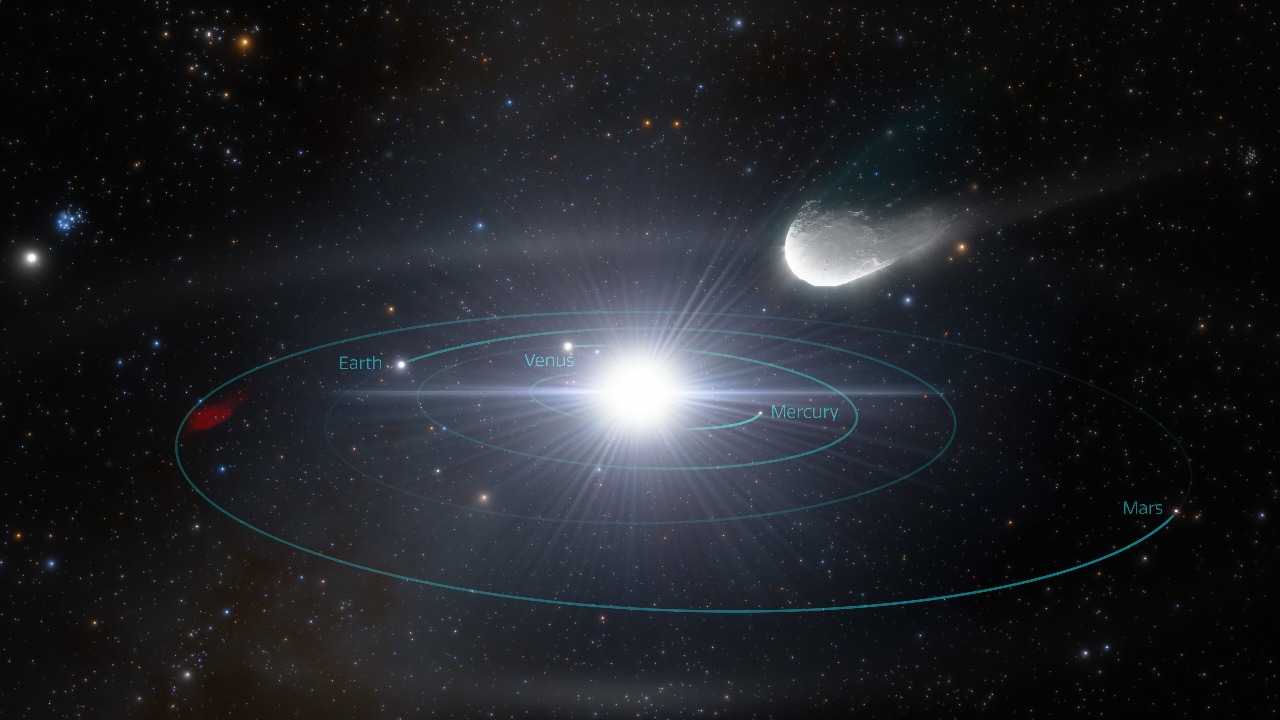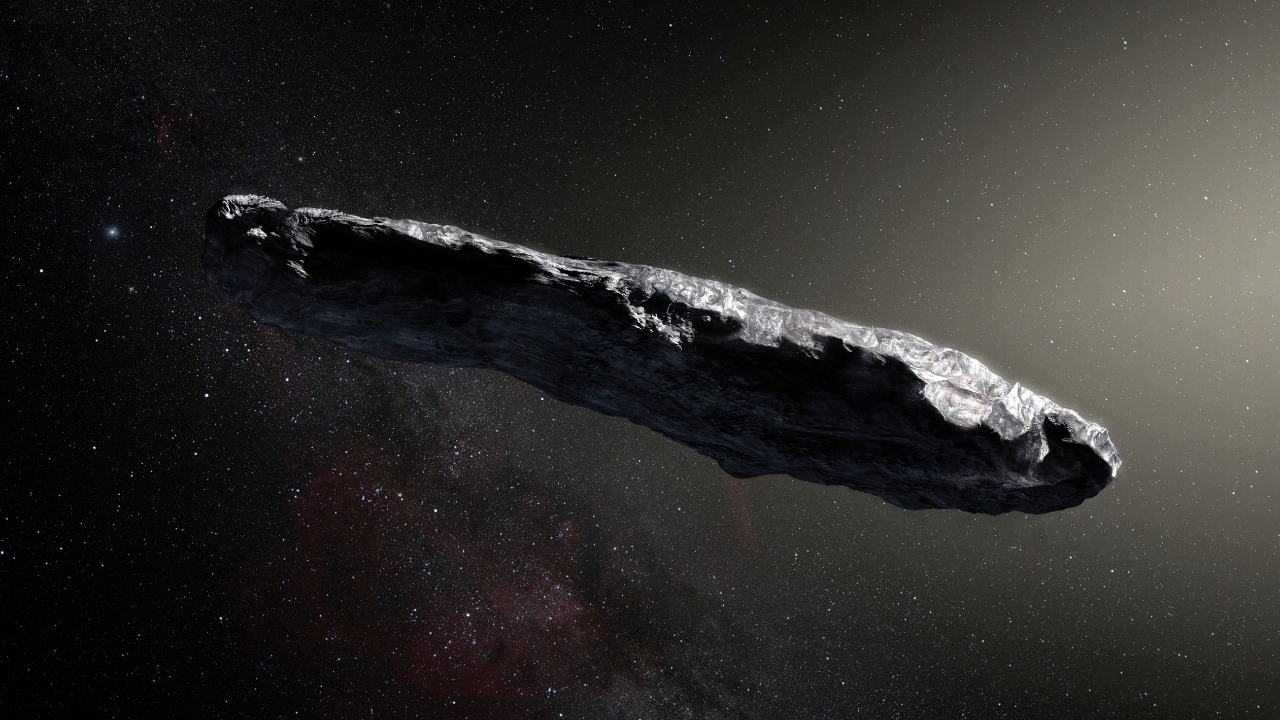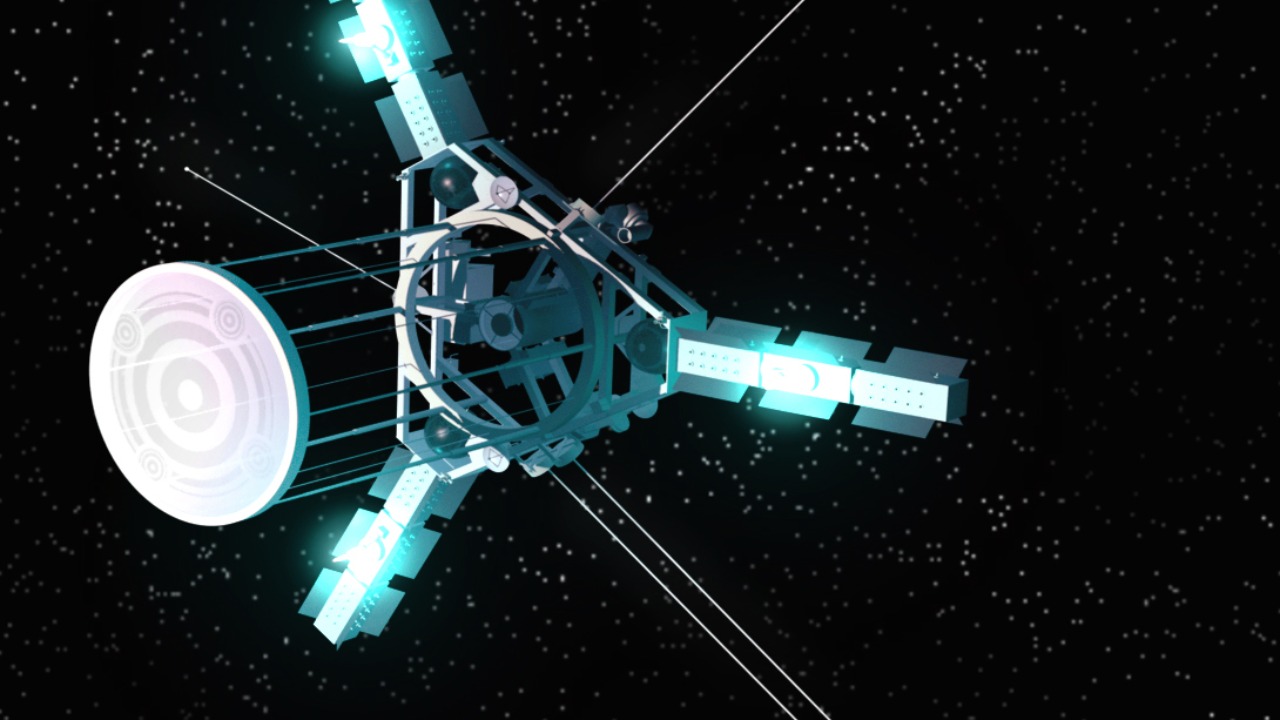
Astronomers have recently detected a massive object hurtling toward Earth, sparking a flurry of scientific investigation and public curiosity. While some researchers suggest it could be a natural phenomenon, others speculate about the possibility of it being an extraterrestrial probe. The discovery, the potential implications, and the ongoing debate among the scientific community have captivated both experts and the public alike.
Characteristics of the Massive Object

The newly detected object is remarkable for its sheer size and velocity. Preliminary estimates suggest it measures several hundred meters in diameter, making it significantly larger than most asteroids that pass by Earth. Its speed is equally astonishing, traveling at tens of thousands of kilometers per hour. Its trajectory is currently set to skim the Earth’s orbital path, sparking discussions about its possible impact.
What sets this object apart is its unusual brightness and shape. Unlike typical asteroids or comets, it reflects more sunlight, suggesting a composition not commonly found in such bodies. Additionally, its elongated shape has drawn comparisons to other interstellar objects like ‘Oumuamua, which was detected in 2017. These anomalies have led some scientists to question whether it might be an artificial construct rather than a natural one.
When compared to previous interstellar visitors like ‘Oumuamua and 2I/Borisov, this object shares some similarities yet also presents new mysteries. Both ‘Oumuamua and 2I/Borisov were characterized by their non-gravitational accelerations and peculiar paths. The current object, however, displays a unique combination of characteristics, prompting fresh debates about its origin. Observations continue to be crucial in understanding whether it is another natural interstellar traveler or something more.
The Scientific Community’s Response

Initial reactions from the scientific community have ranged from excitement to skepticism. Some researchers are focusing on natural origin theories, suggesting the object could be an unusually large comet or asteroid. Others, however, are open to more speculative ideas, including the possibility of it being an alien probe. Harvard physicist Avi Loeb has previously suggested similar ideas regarding ‘Oumuamua, fueling ongoing discussions about this new object.
Global observatories and space agencies like NASA and ESA are playing critical roles in tracking and studying the object. High-powered telescopes and radar arrays are being utilized to gather more data on its composition and trajectory. These institutions are working in concert to share findings and refine predictions about the object’s behavior as it approaches. Their combined efforts are essential in painting a clearer picture of what we are dealing with.
The scientific community is abuzz with new research and peer-reviewed papers examining the object’s nature. Some studies have already emerged, proposing theories that range from advanced alien technology to unique natural phenomena. A recent controversial paper even questions whether the object could be hostile alien technology in disguise. These debates highlight the diverse opinions and the ongoing quest for understanding within the scientific arena.
Potential Threats and Implications

Assessing the risk of collision with Earth is a priority for scientists worldwide. Current models suggest the probability of a direct impact is low, but the potential consequences cannot be ignored. An object of this size could cause significant damage, making it imperative to monitor its path closely. Mitigation strategies are being discussed to prepare for any possible scenarios.
The discovery has also prompted a reevaluation of planetary defense strategies. Efforts to protect Earth from cosmic threats have gained urgency, and the potential implications of this object have underscored the need for advanced detection and deflection technologies. This event could serve as a catalyst for increased investment in planetary defense initiatives.
Beyond the scientific and technical implications, the possibility of an extraterrestrial object has captured public imagination and could influence government policy on space exploration and defense. Public interest in space phenomena often drives policy changes, and this discovery may shape future priorities in space research and defense spending.
Extraterrestrial Hypotheses and Speculation

The alien probe theory has been a hot topic, gaining traction among those who believe the object might be an extraterrestrial reconnaissance mission. Proponents point to its unusual features, suggesting that it could be a form of alien technology sent to observe Earth. Avi Loeb, a prominent figure in this debate, has argued that such possibilities should not be dismissed out of hand.
This event also draws parallels with historical UFO phenomena and other instances of unidentified flying objects. Throughout history, mysterious sightings and encounters have sparked speculation about extraterrestrial life. Comparing these events provides context for understanding public reactions and the allure of the unknown.
From a scientific standpoint, the existence of intelligent life beyond Earth remains a contentious issue. While some researchers point to the vastness of the universe as evidence of potential life, others argue that we have yet to find concrete proof. The scientific basis for and against extraterrestrial life continues to evolve, and this discovery adds another layer to the ongoing exploration of this profound question.
Future Observations and Research

Looking ahead, a series of missions and observational campaigns are being planned to study the object in greater detail. New telescope observations and potential space probe missions aim to gather more data and refine our understanding of its nature. These efforts are vital in unraveling the mysteries surrounding this enigmatic object.
Technological advancements are playing a crucial role in facilitating this research. Cutting-edge instruments and methodologies are being employed to analyze the object’s composition, trajectory, and potential origins. As technology evolves, so too does our ability to investigate such cosmic phenomena with greater precision.
The long-term implications for astronomy and space exploration are significant. This discovery could influence future scientific priorities and exploration strategies, driving innovation and collaboration across the global scientific community. As our understanding of the universe expands, so too does the potential for groundbreaking discoveries that challenge our perceptions and inspire the next generation of explorers.